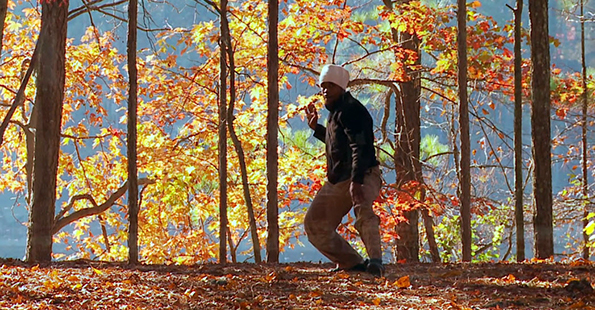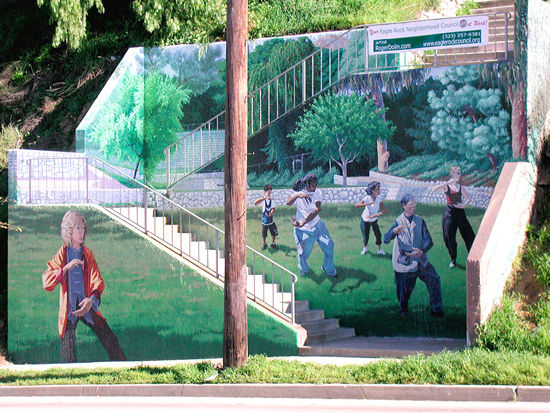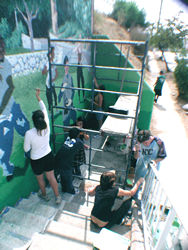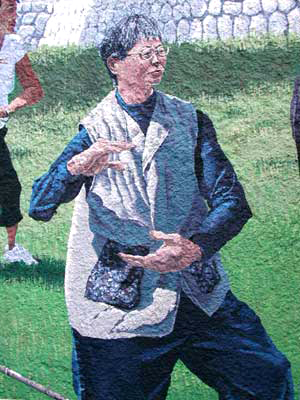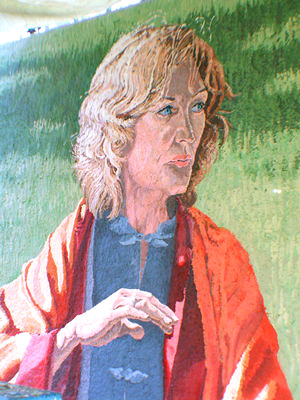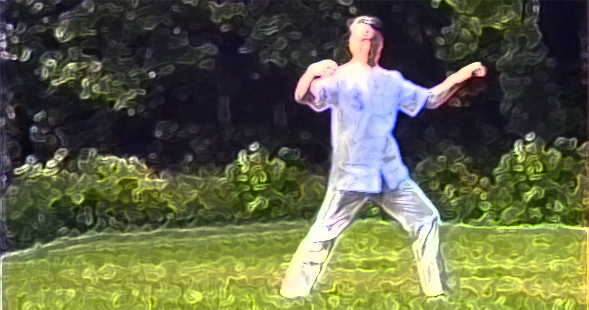The Tai Chi Gala will take place from May 30th to June 1st in Albany, New York, United States. It is a continuation of the event that Jou Tsung Hwa had originally started, which he called the “Zhang San Feng Festival”, named in honor of the legendary (and some say mythical) founder of Tai Chi Chuan. The original event was held on the Tai Chi Farm in Warwick, New York, which was founded by Jou Tsung Hwa.
The Tai Chi Gala, as did the Zhang San Feng Festival, attracts Internal Martial Arts enthusiasts from all over the North America and the world. It is a time to learn, teach, and share their love of the arts, and show their respect for Jou Tsung Hwa, Zhang San Feng, and the history of the Internal Arts.
Please enjoy the video below which features slides highlighting last years Tai Chi Gala.
The Gala will hold workshops throughout the event, and feature instructors from the Internal Martial Arts such as Loretta Wollering, Jianye Jiang, Ren-Gang Wang, Donald Wong, Dr. John Painter, Gene Ching, and others. Over the years since the original festival began, the event has seen notable instructors of the Internal Arts such as Dr. Yang Jwing Ming, William. C.C. Chen, Henry Look, Ren Guangyi, B.P. Chan, T. K. Shih, Fong Ha, and Tchoung Ta Tchen.
For more information on the 2014 Tai Chi Gala, you can visit their official website at TaiChiGala.com or visit them on Facebook at Facebook.com/TaiChiGala.

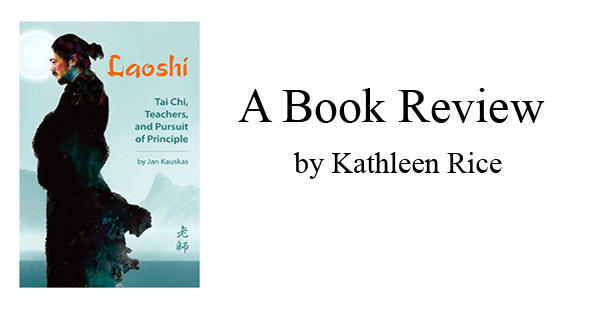
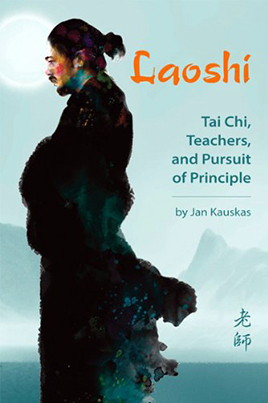
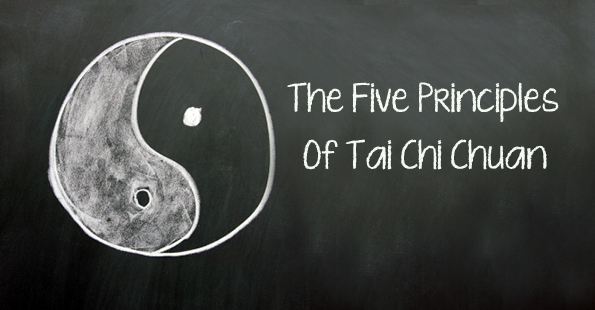
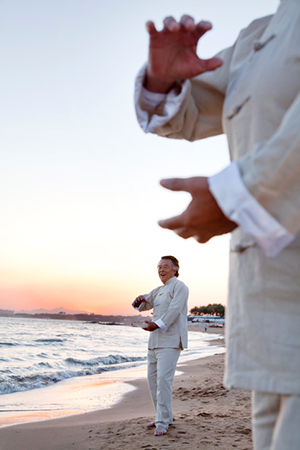 The definition of distill is – To extract the essential meaning or most important aspects of.
The definition of distill is – To extract the essential meaning or most important aspects of.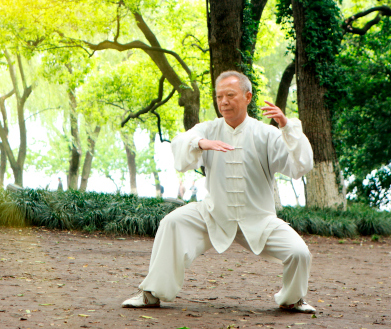 The Fifth principal was the “Beautiful lady hand.” This was defined as a straight wrist.(Not bent or closed off to the flow of chi.) Not tense but straight, ready to receive, sensitive and full of flowing energy. Certain moves in the form break from this principle, but it is a steady reminder that we must allow for our body to stay in alignment with natural energy flow and not “close off” our chi.
The Fifth principal was the “Beautiful lady hand.” This was defined as a straight wrist.(Not bent or closed off to the flow of chi.) Not tense but straight, ready to receive, sensitive and full of flowing energy. Certain moves in the form break from this principle, but it is a steady reminder that we must allow for our body to stay in alignment with natural energy flow and not “close off” our chi.